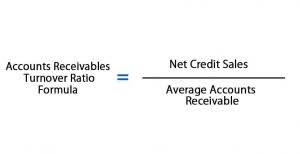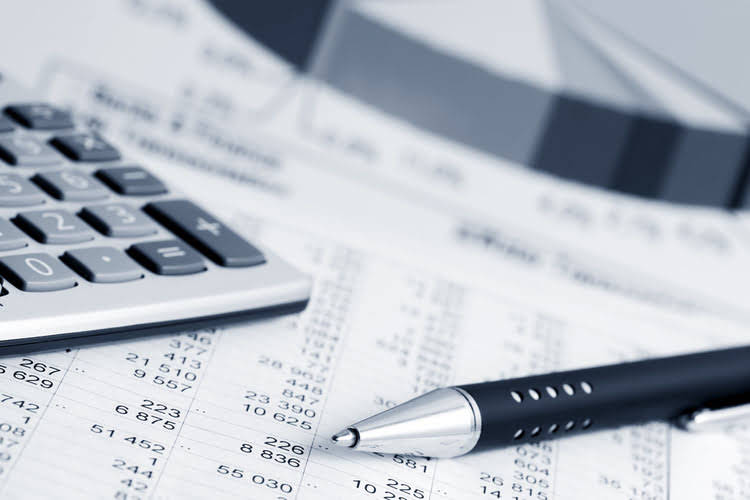
Companies often offer shares at a discount through DRIPs, making them an attractive option for shareholders. However, it’s important to note that reinvested dividends are still subject to taxation, as shareholders must report the value of the reinvested dividends as income on their tax returns. This tax treatment underscores the importance of understanding the financial and tax implications of participating in a DRIP. As the payment date approaches, the company prepares to disburse the dividends to its shareholders.
What is the payment date of dividends?

Although, the duration between dividend declared and paid is usually not long, it is still important to make the two separate journal entries. However, sometimes the company does not have a dividend account such as dividends declared account. This is usually the case virtual accountant in which the company doesn’t want to bother keeping the general ledger of the current year dividends.
Table of Contents
At the date of declaration, the business now has a liability to the shareholders to pay them the dividend at a later date. The company makes journal entry on this date to eliminate the dividend payable and reduce the cash in the amount of dividends declared. With this journal entry, the statement of retained earnings for the 2019 accounting period will show a $250,000 reduction to retained earnings. However, the statement of cash flows will not show the $250,000 dividend as it has not been paid yet; hence no cash is involved here yet. Hence, the company needs to account for dividends by making journal entries properly, especially when the declaration date and the payment date are in the different accounting periods. As a stock dividend represents an increase in common stock without any receipt of cash, it is recognized by debiting retained earnings and crediting common stock.

Our Team Will Connect You With a Vetted, Trusted Professional
Stock dividends, by contrast, reward shareholders with additional shares, preserving cash reserves for strategic initiatives or unforeseen expenses. While increasing the number of outstanding shares can dilute per-share value, stock dividends appeal to investors favoring capital appreciation. They may also offer tax advantages in some jurisdictions, as taxation can be deferred until shares are sold. Companies often use stock dividends to signal confidence in future growth while retaining cash for reinvestment. Dividends are a key component of shareholder returns, reflecting a company’s financial health and profitability.

This process reduces both the company’s retained earnings and cash reserves, impacting the balance sheet and cash flow statement. What is bookkeeping For instance, if a company declares a $1 per share dividend on 1 million shares, it would record a $1 million liability, which is then settled on the payment date. The declaration and distribution of dividends have a consequential effect on a company’s financial statements.
Accounting for Declared Dividends: Procedures and Financial Impact
For example, assume that an individual owns 1,000 shares of South Gulf Oil Company. Deciding when to start paying dividends, how much to pay, and how frequently to pay them can be difficult. These can be key signals in the maturity of your business and optimism of the business owners or directors. The calculation can be done on a per share basis by dividing each amount by the number of shares in issue.
- This ensures that the financial statements accurately reflect the company’s obligations as of that date.
- A stock dividend is a distribution of shares of a company’s stock to its shareholders.
- On December 20, 2018, a company, XYZ Limited’s board of directors, announced that a cash dividend amounting to $ 4.5 per share would be paid to the shareholders of the company.
- Companies often offer shares at a discount through DRIPs, making them an attractive option for shareholders.
- Although, the duration between dividend declared and paid is usually not long, it is still important to make the two separate journal entries.
- Instead, it creates a liability for the company, as it is now obligated to pay the dividends to its shareholders.
- Whether you follow GAAP or use cash-basis accounting, you can make sure your financial reports are accurate with proper dividend reporting.

By reducing retained earnings, dividends can lower the equity base, potentially inflating the ROE. Investors and analysts must consider these ratios in the context of the company’s overall strategy and industry norms. From an accounting perspective, unpaid dividends do not appear as a liability on the balance sheet until they are declared. However, the cumulative nature of these dividends means that they represent a contingent liability, which can influence the company’s financial planning and decision-making processes. Companies must consider the impact of these future obligations on their cash flow projections and liquidity management strategies. This forward-looking approach helps ensure that the company can meet its dividend commitments without compromising its operational needs.
What is your current financial priority?
On the payment date, the company will need to settle the liability recorded earlier. This is done by debiting the Dividends Payable account dividend account and crediting the Cash account. This entry effectively reduces the company’s cash balance, as the funds are transferred to the shareholders, and eliminates the liability that was previously recorded. On the payment date of dividends, the company needs to make the journal entry by debiting dividends payable account and crediting cash account. When dividends are declared, companies must follow specific accounting requirements to reflect these obligations accurately. In this journal entry, the dividend declared account is a contra account to the retained earnings account under the equity section of the balance sheet.
On December 20, 2018, a company, XYZ Limited’s board of directors, announced that a cash dividend amounting to $ 4.5 per share would be paid to the shareholders of the company. The actual payment of cash dividends to the investors will be made on April 04, 2019. On the dividend payment date, the cash is paid out to shareholders to settle the liability to them, and the dividends payable account balance returns to zero. With the dividends declared entry, a liability (dividends payable) is increased by 80,000 representing an amount owed to the shareholders in respect of the dividends declared. This is balanced by a decrease in the retained earnings which in turn results in a decrease in the owners equity, as part of the retained earnings has now been distributed to them. The total dividends payable liability is now 80,000, and the journal to record the declaration of dividend and the dividends payable would be as follows.

